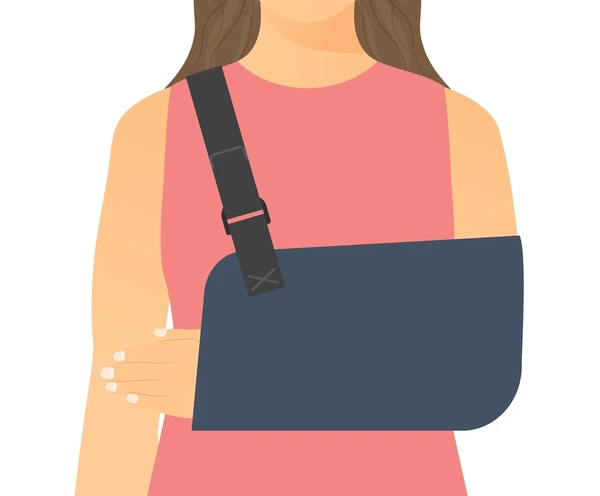You have a rotator cuff tear. What is the right treatment? How will you do with physical therapy versus surgery? Most people improve with physical therapy in the short term by strengthening the surrounding muscles to compensate. Therapy does not heal a rotator cuff that is detached from the bone. The only way to get the tendon to heal is to get the tendon back down to the bone, and the only way to do that currently is with a repair.So, what happens in the long-term with physical therapy compared to repair? These are common questions for patients with a rotator cuff repair. Two articles published in 2019 provide evidence to answer these important questions.Ramme and colleagues (including my good friend Dr. Asheesh Bedi) at the University of Michigan compared outcomes in 214 patients who underwent either rotator cuff repair or physical therapy (https://www.ncbi.nlm.nih.gov/pubmed/31577683). In this well-designed study, patients who underwent repair were matched by age, sex, tear size, and muscle quality to a similar group of patients that underwent physical therapy alone. Importantly, all repairs were done arthroscopically with current techniques, using a double-row repair for tears larger than 1 cm (double-row repair improves healing).At 2 years after treatment, the arthroscopic repair group had substantially improved outcomes compared to the therapy group both in terms of pain and function. Both groups improved compared to baseline, but the surgical group did much better. This shows that with a modern technique, repair improves outcomes compared to therapy.In the second study from Norway, 91 patients who had been randomized to either a repair or physical therapy were evaluated 10 years after treatment (https://www.ncbi.nlm.nih.gov/pubmed/31220021). At 2 years there was no difference between groups. But, 10 years later patient reported function, range of motion, and pain were greatly improved in the repair group compared to the physical therapy group. Additionally, 14 patients (27% of the original therapy group) had crossed over to having surgery.I interpret this difference as the result of progression of the tears that were treated with therapy alone. The natural history of rotator cuff tears is to enlarge. Thus, those who had repair had a chance to heal the tendon, whereas those that had physical therapy continued to enlarge their tears over time.Based on this, I will recommend an initial attempt at physical therapy for older patients (i.e. over the age of 70) who are looking for short-term relief and have lower functional demands. For younger patients who will have progression over time, I recommend an arthroscopic rotator cuff repair.Dr. Patrick Denard has been voted one of the top 20 Shoulder Surgeons in North America and is the most widely published shoulder specialist in Oregon. Dr. Denard is committed to providing the highest level of Orthopedic care to his patients. Dr. Denard has advanced arthroscopy training and is able to perform the vast majority of shoulder procedures in a minimally invasive fashion, including all types of rotator cuff repairs and instability repair. These techniques allow him to repair tears that some consider “irreparable.” Providing every patient with advanced medicine and compassionate care each and every time.
Similar posts



